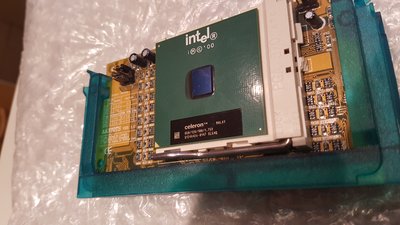I'm not totally sold on the value of POST cards. The most useful thing about a POST card IMO is that it lets you see whether there's any activity happening at all, and whether it's consistent. If you see any code activity then it shows that the CPU is running.
Sometimes I've run into boards that behave differently on a reset than they do on a cold boot, and the POST card can help to show that.
In theory you can use the particular codes to try to identify more specifically what's wrong, but I can't think of any situation where it led to any useful insight. If it's something as simple as "no video device", you'd have already figured that out by swapping and re-inserting cards, etc.
Be aware that on some boards, a POST card will never show codes because of a common motherboard feature that disables the clock signal on unoccupied slots. The board won't see the POST card (unless it's different than the one I've used anyway), so that slot might stay asleep when the card is inserted. This can mislead you into thinking that there's no CPU activity, when in fact there might be some.
This feature is often configurable in the BIOS setup, but this is no help if you can't get to that point.
Slight tangent - because of this issue, I have an old network card that I use for checking clock signals. It's not a POST card, but it has an easily accessible point on the card where I can probe the PCI clock and see if it's present. Since it's a real PCI card, it's immune to the issue above.
In a situation as described, I'm of the opinion that the first step is to grab a meter and start checking voltages, both for level and stability while it's trying to boot.
